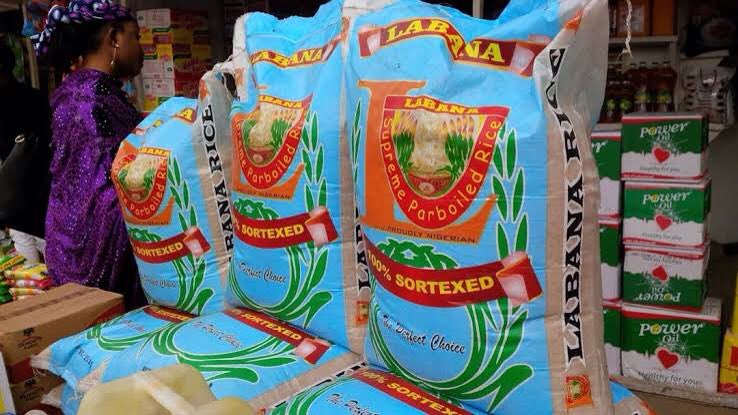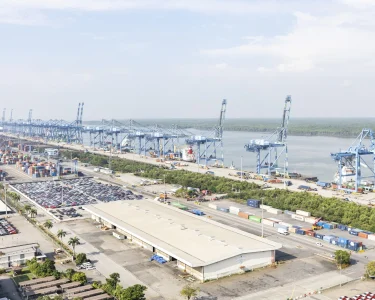Rice Farming in Nigeria
Farmers raise alarm over threats to local production
Summary
- RIFAN Lagos Chapter blames “unscrupulous elements” for disrupting local rice cultivation
- Widespread insecurity, smuggling, and high input costs continue to cripple production nationwide
- Climate change, poor irrigation, and inconsistent farming practices worsen yield gaps
- Farmers call for policy inclusion and greater use of Nigeria’s arable lands to boost self-sufficiency
Lagos, Nigeria – The Lagos State chapter of the Rice Farmers Association of Nigeria (RIFAN) has raised fresh concerns about threats to local rice cultivation, attributing many of the setbacks to “unscrupulous elements” working against national efforts to achieve food self-sufficiency.
The association’s chairman, Raphael Hunsa, made this known in an interview with the News Agency of Nigeria (NAN) on Saturday, 13th July 2025.
While the specifics of the alleged sabotage remain unclear, Hunsa’s remarks highlight the increasing frustration among local farmers who say they are battling a range of systemic issues that continue to impede rice production across the country.
Top among these challenges is insecurity. In the country’s northern regions, which account for a significant portion of rice farming, armed banditry, kidnappings, and other forms of violence have made vast farmlands inaccessible, forcing many farmers to abandon cultivation altogether. The resulting disruptions have not only affected agricultural output but also worsened the nation’s food security outlook.
Additionally, the market has been flooded with cheap imported rice, much of it smuggled through Nigeria’s porous borders. These imports undercut locally grown varieties, forcing several local mills to shut down and leaving thousands of workers jobless. Farmers say they cannot compete with the lower prices of foreign rice, especially when local production costs continue to soar.
“The influx of smuggled rice is collapsing the industry,” Hunsa noted, lamenting the closure of local processing facilities and the inability of many small-scale farmers to break even.
High input costs are another major hurdle. Fertiliser prices have surged, logistics remain expensive, and access to credit is limited. Many farmers, facing dwindling profits, have shifted to alternative crops such as sesame and sorghum, which are less input-intensive.
Climate-related challenges also compound the problem. With unpredictable rainfall patterns and a general lack of access to modern irrigation infrastructure, many rice farmers are unable to plant until the onset of the rainy season, limiting their harvest cycles and overall yields.
Despite government support initiatives, Hunsa pointed out that some inconsistencies in farmers’ practices, such as poor land preparation or improper use of inputs, also reduce productivity.
Femi Oke, Chairman of the Southwest and Lagos State chapter of the All Farmers Association of Nigeria (AFAN), stressed the need for meaningful inclusion of farmers’ associations in policy-making processes. According to Oke, involving grassroots stakeholders would lead to more effective solutions and help encourage full-scale cultivation of Nigeria’s vast arable lands.
“Rice is a staple food for Nigerians. To reduce reliance on imports and stabilise prices, we must produce more, and that starts with proper planning and farmer involvement,” he said.
According to recent figures from the National Bureau of Statistics, Nigeria currently produces just over half of its estimated rice consumption need, which stands at approximately 7.4 million metric tonnes for the 2024/25 season.
Stakeholders are warning that unless urgent steps are taken to address these multilayered challenges, the country’s ambition to achieve food self-sufficiency in rice could remain elusive.







